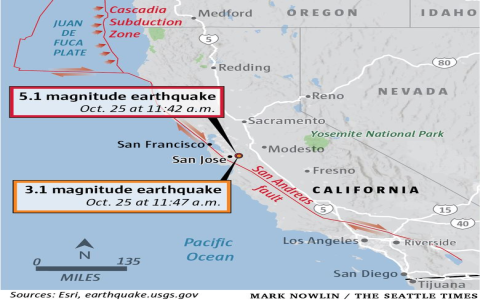After watching the Los Angeles FC vs. San Jose Earthquakes match yesterday, I didn’t want to just see who won. I wanted to know: Who played better? Which team had more chances? What did the players actually do on the field? So instead of turning off the TV right away, I turned on my computer and decided to look up the data myself to figure out what really happened in the match.
I opened three football websites I frequently use and took notes while drinking coffee. However, the data on these websites was very confusing. Some only said “Los Angeles had more possession,” but did not provide specific numbers. Others showed the number of shots, but did not distinguish between shots on target and off target.
I took a small notebook and wrote down all the information I saw, preparing to organize it later.

I found that the same data was different on different websites. For example, one said there were three yellow cards, while another said there were four. The number of shots was also off by two. This was a headache for me.
I had no choice but to go back to the video of the game and count while watching. Was a card really given for that foul in the 38th minute? Did the shot in the 62nd minute hit the goal frame? It took me nearly an hour to confirm each piece of information.
I entered all the confirmed data into an Excel spreadsheet and divided it into several columns:
- Number of shots (divided into shots on target and off target)
- Ball possession
- Passing accuracy
- Number of fouls and yellow cards
- Substitution times
This makes it much clearer and ensures that no important information is missed.
I wanted to turn the data into charts, but the first pie chart I made was too colorful, and the bars in the bar chart were uneven, making it look like crooked teeth.
I couldn’t even look at it myself. So I readjusted it: I used only two colors, standardized the font, and wrote simple and clear chart titles.
My favorite is the player activity heat map. The Los Angeles FC midfielders are most active in the frontcourt, indicating that they are constantly pressing forward. The San Jose players are concentrated in their own half, basically defending.
You can see at a glance which team dominated the game, which is much more intuitive than reading a text description.
I drew a line graph showing the changes in ball possession every ten minutes. I found that San Jose was able to maintain about 45% possession in the first 30 minutes, but from the 70th minute onwards, their possession rate dropped to below 30%.
This indicates that their stamina was an issue, and they were unable to win the ball in the latter half of the second half.
The yellow card data shows that Los Angeles FC’s right-sided defenders received two cards, both for fouls in the same area. I reviewed the footage and noticed that San Jose’s left winger was constantly breaking through there, creating pressure.
This indicates that their right-side defense is problematic, possibly due to the full-backs pushing up too aggressively and failing to track back in time.
Los Angeles FC had 14 shots, while San Jose had only 9. However, San Jose had 5 shots on target, while Los Angeles had only 6. Although Los Angeles had more shots, many were long-range attempts that posed little threat.
San Jose’s shots were closer to the goal, indicating that their counterattacks were of higher quality.
Los Angeles substituted a midfielder in the 60th minute, and the new player had a different style, slowing down the passing rhythm. After that, their number of shots decreased, and their offense was no longer smooth.
This shows that substitutions have a significant impact on the team, and one cannot just look at the players’ fame.
Finally, I wrote all the data, charts, and observations into a document. I added some simple notes, such as “Possession declined in the 70th minute due to physical fatigue” and “Many fouls on the right side, weak defense.”
I sent it to a few friends who watched the game with me, and they all said they understood more than just watching the game.
If you want to understand a match:
- Don’t just look at the score and highlights.
- Check real data and compare multiple sources.
- Use charts to see trends, which are clearer than numbers.
- Watch the video to see the story behind the data.
This is how you can truly understand soccer.

